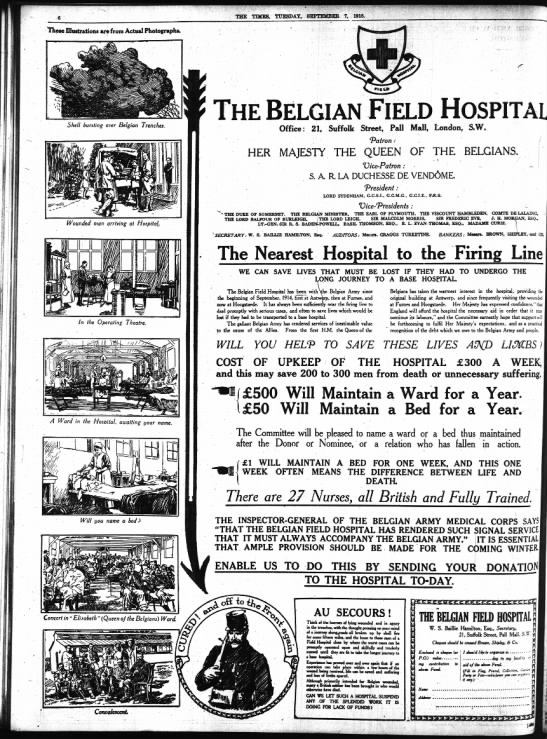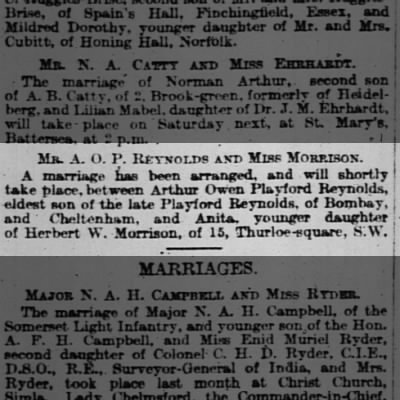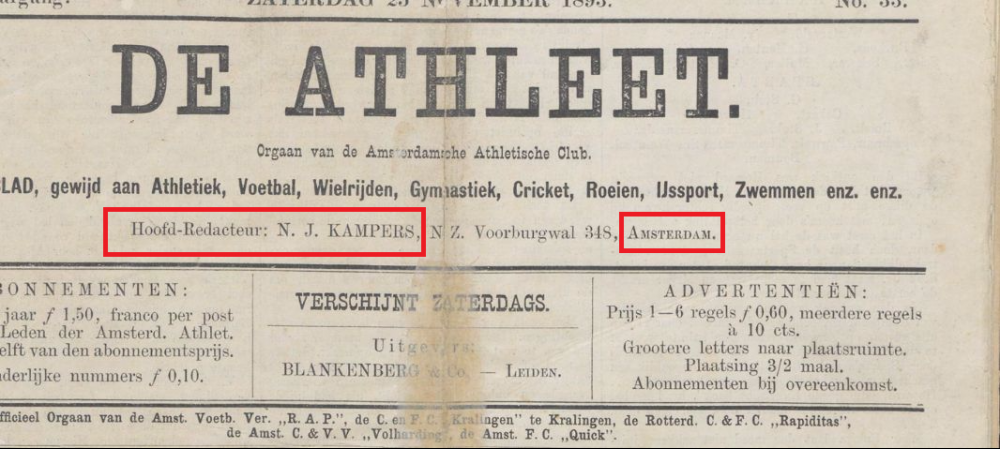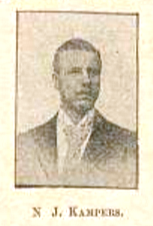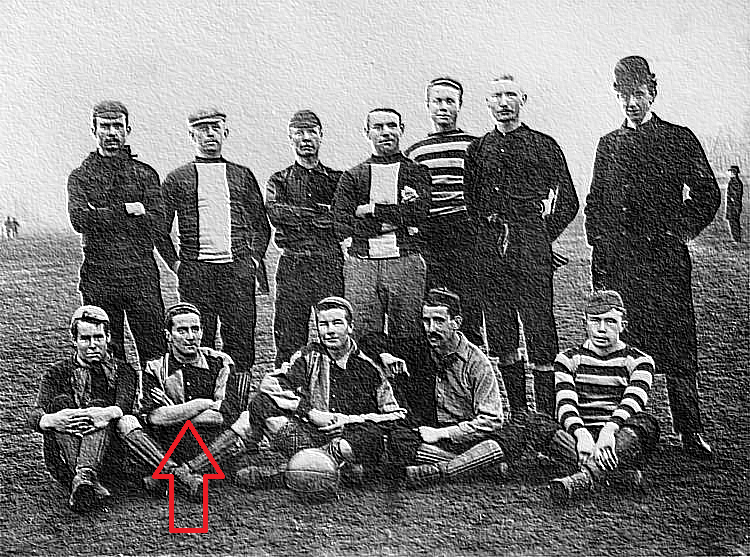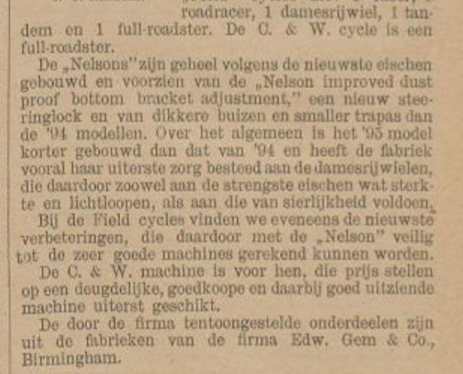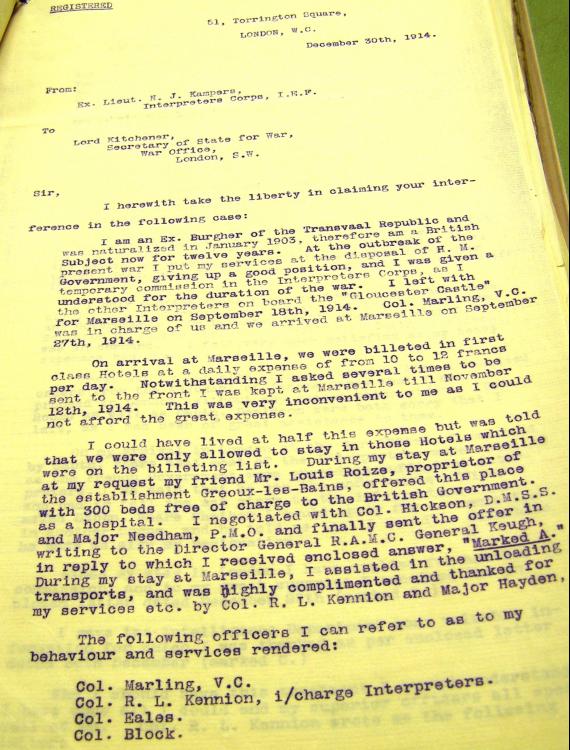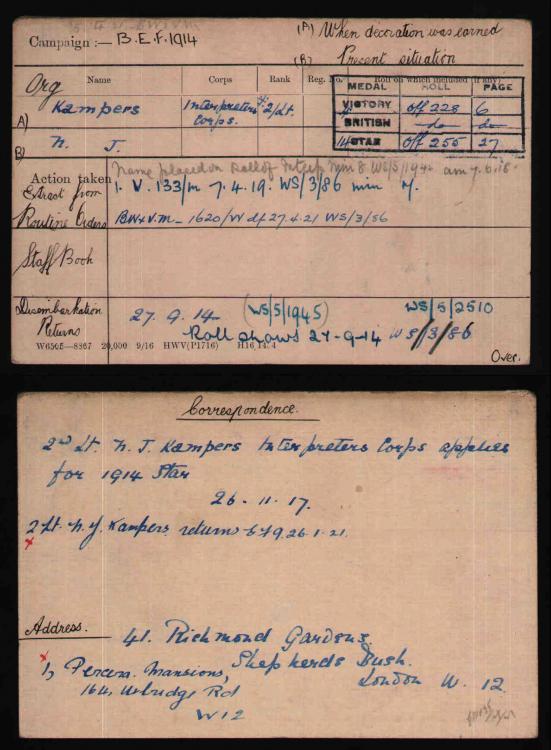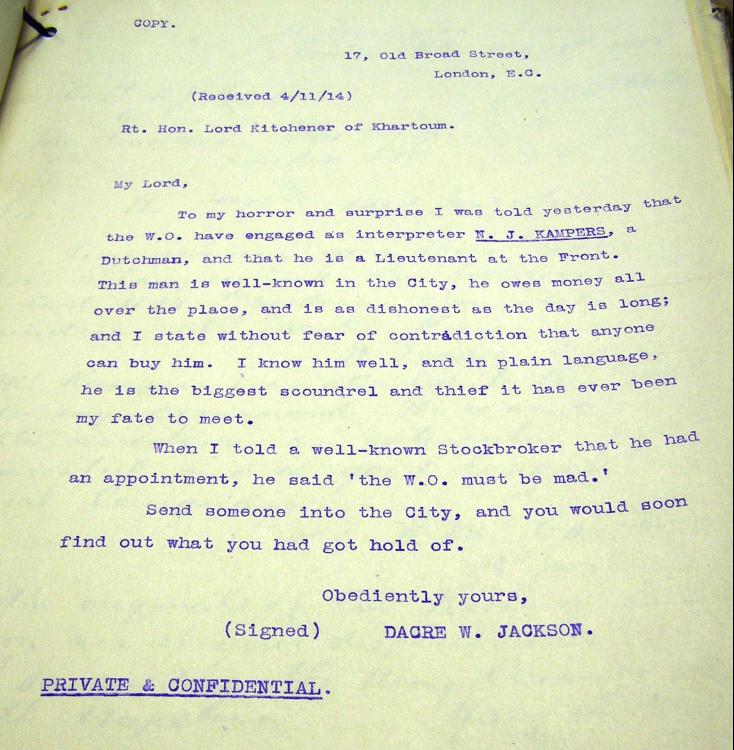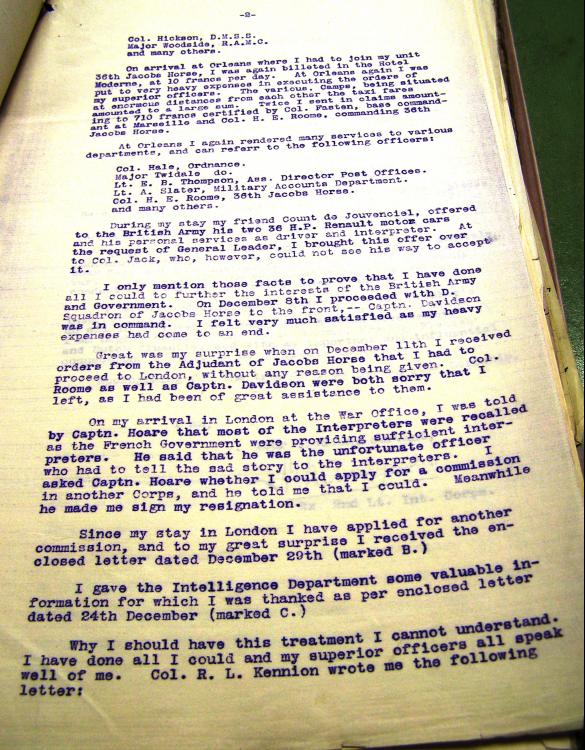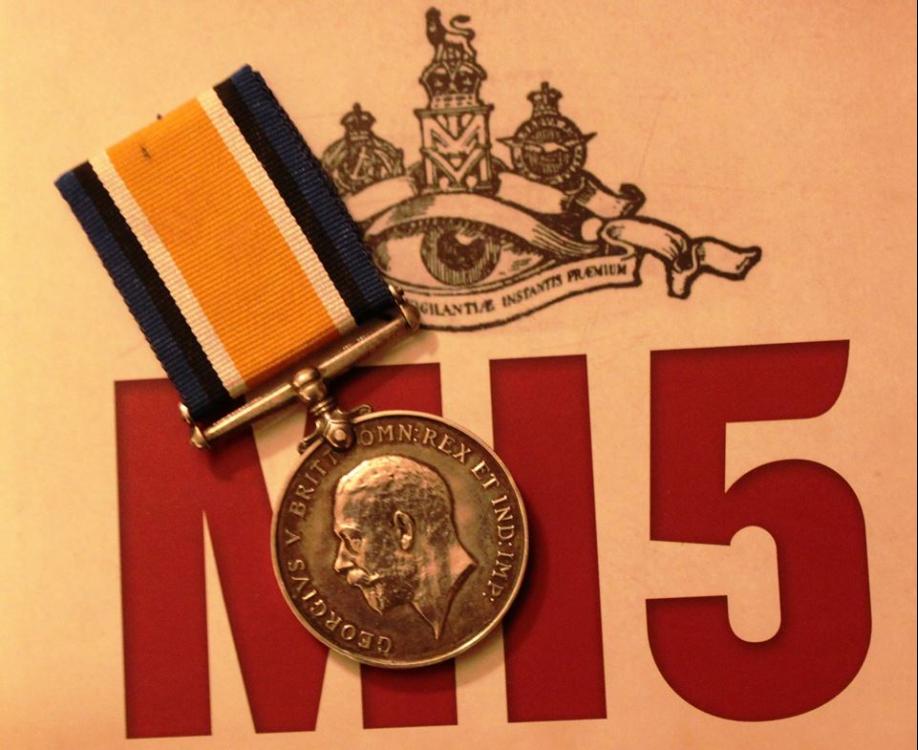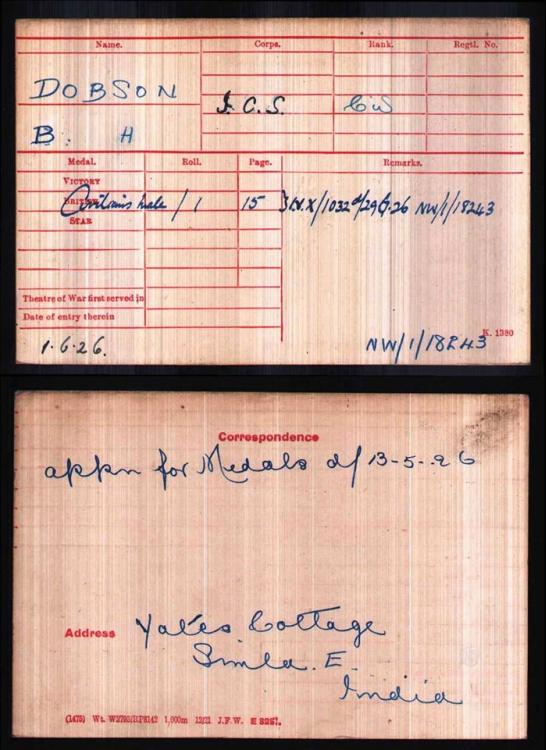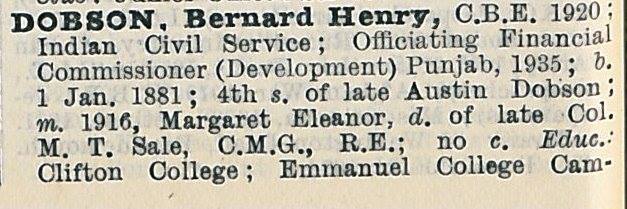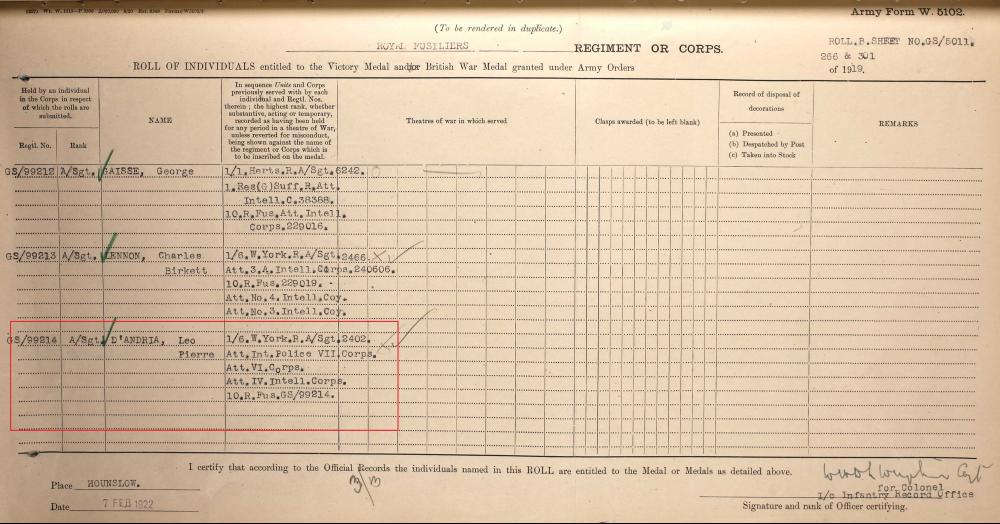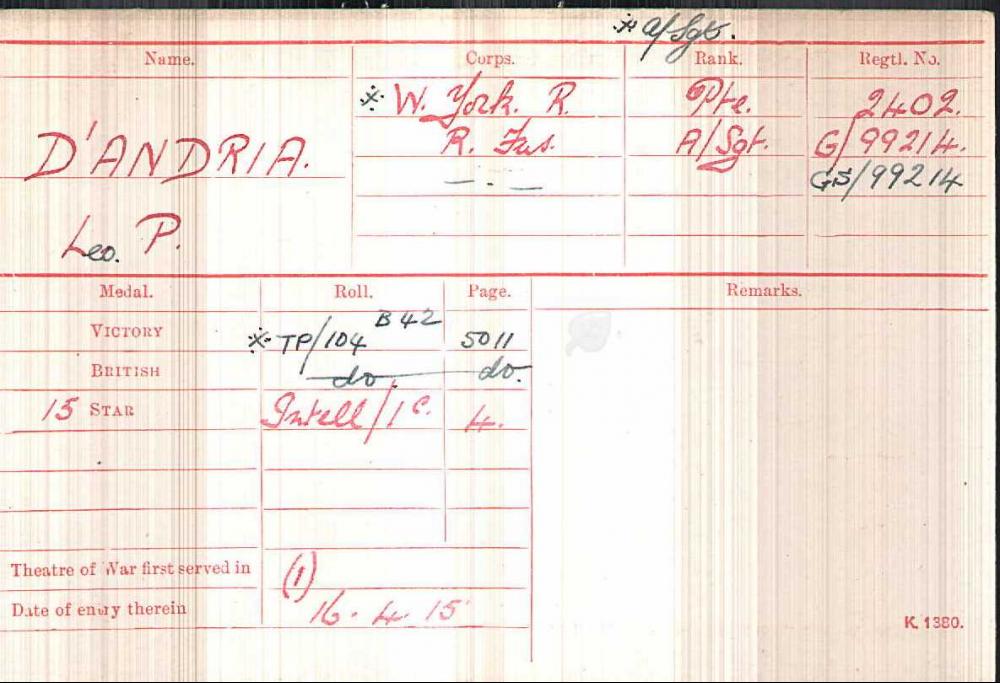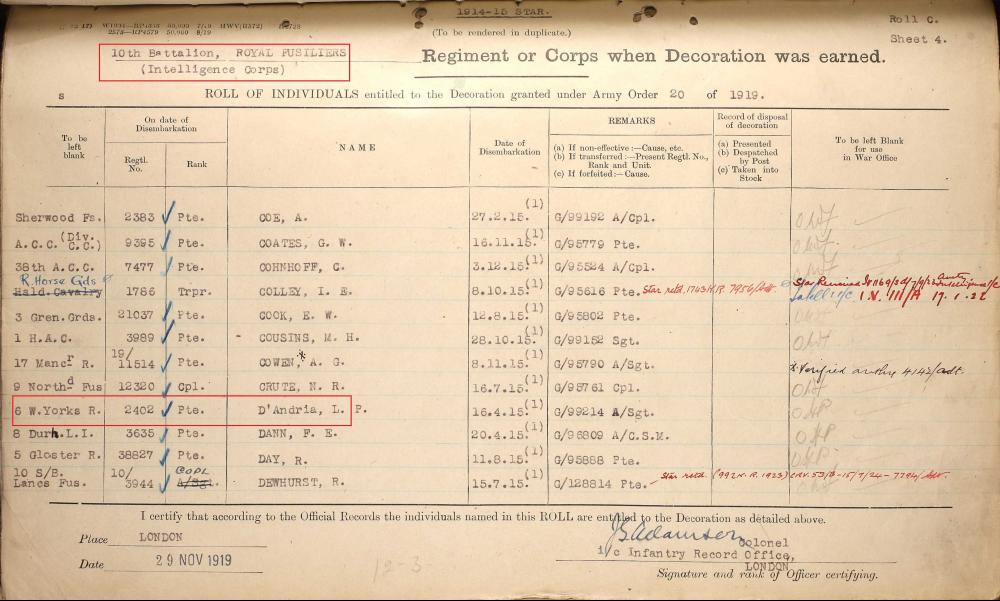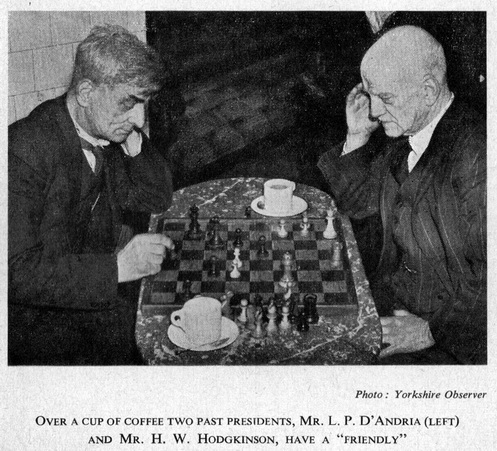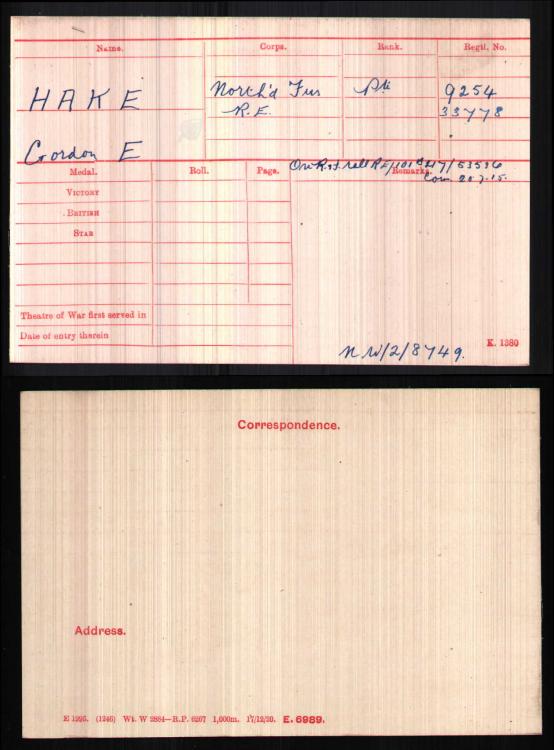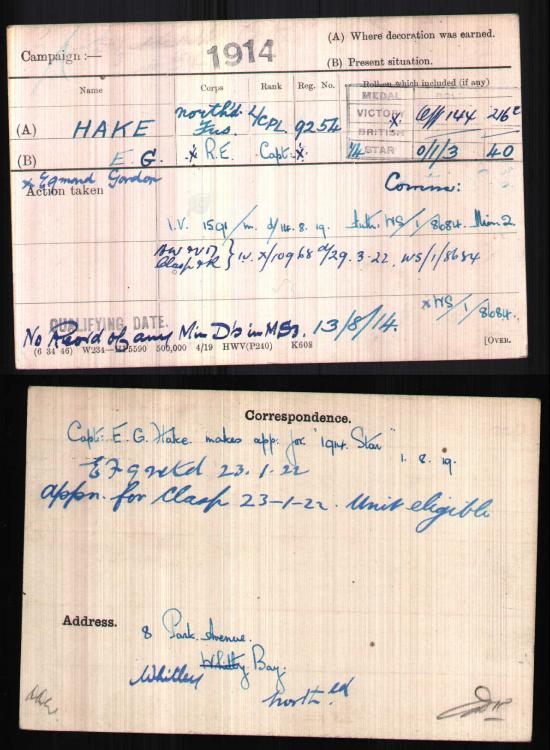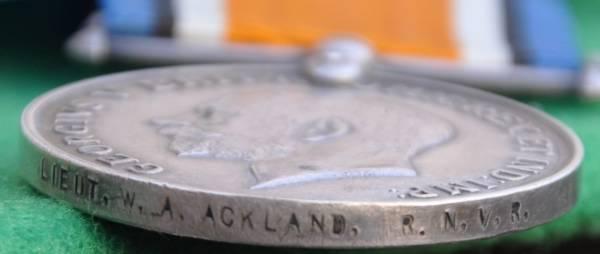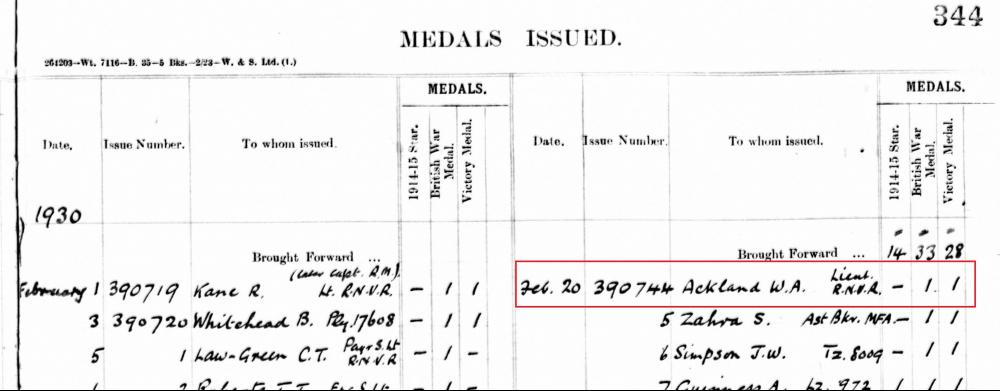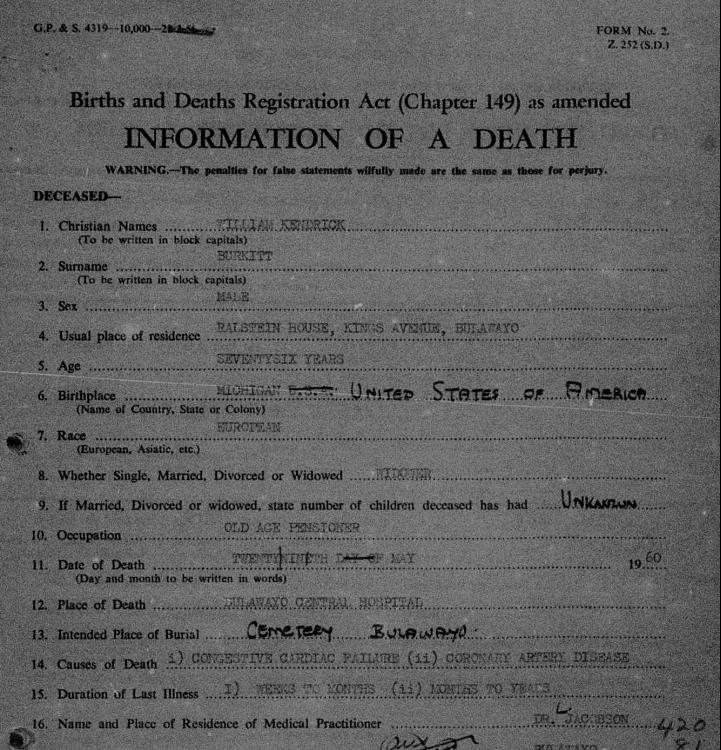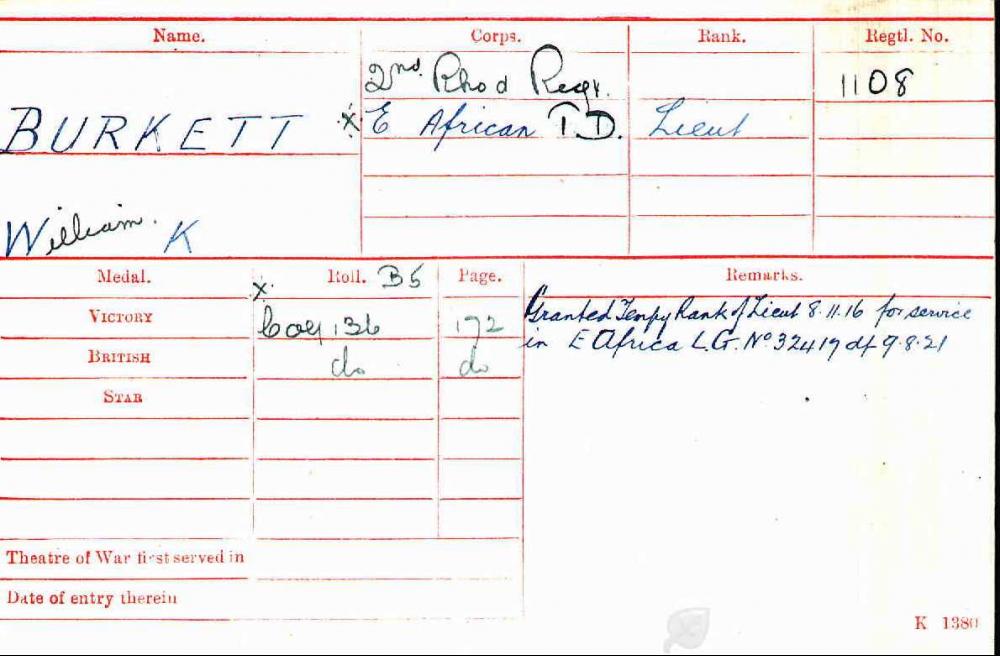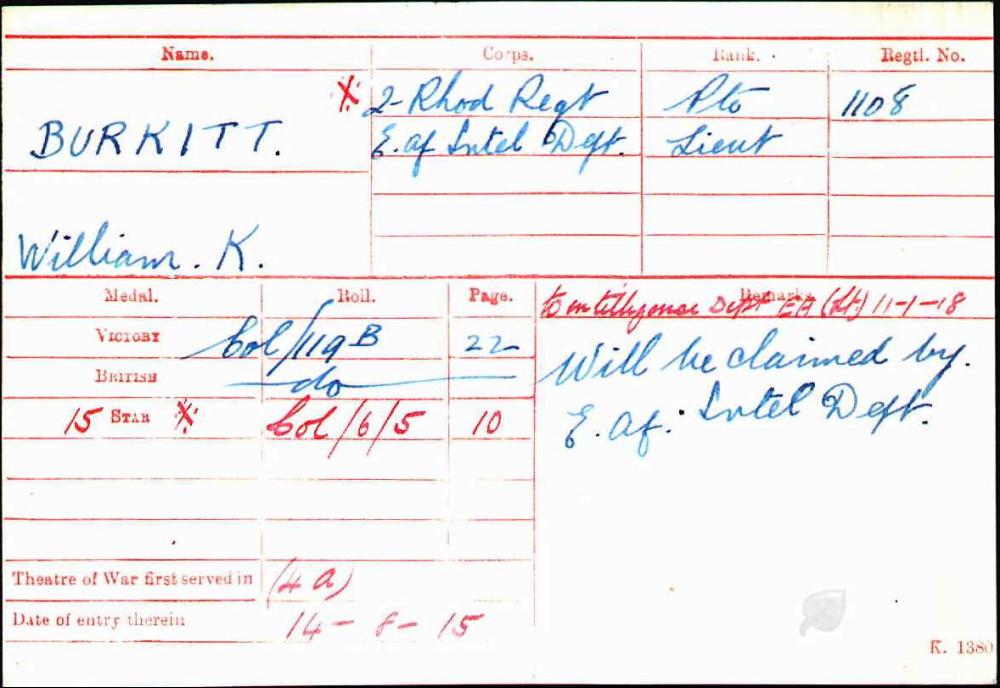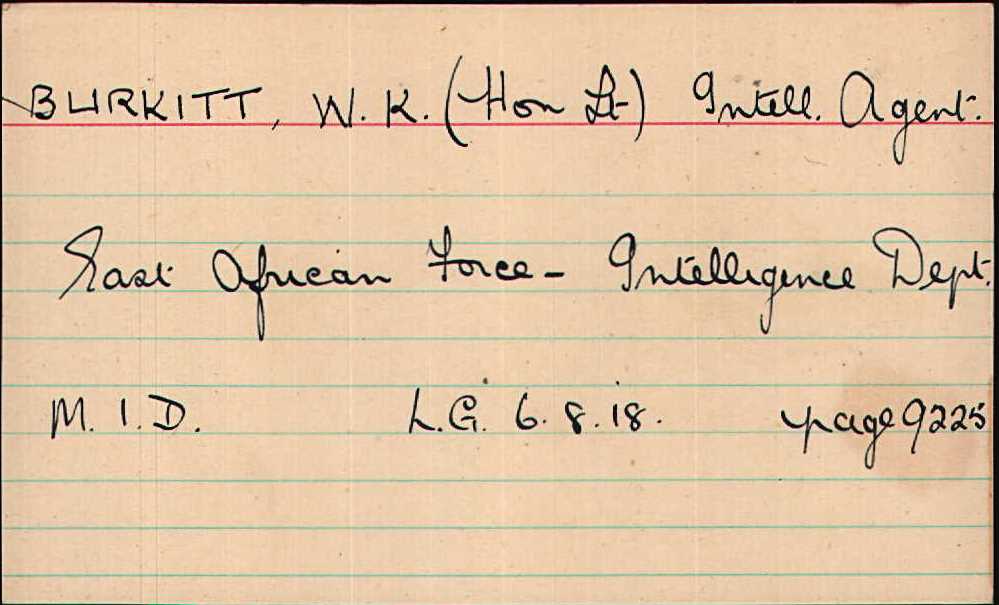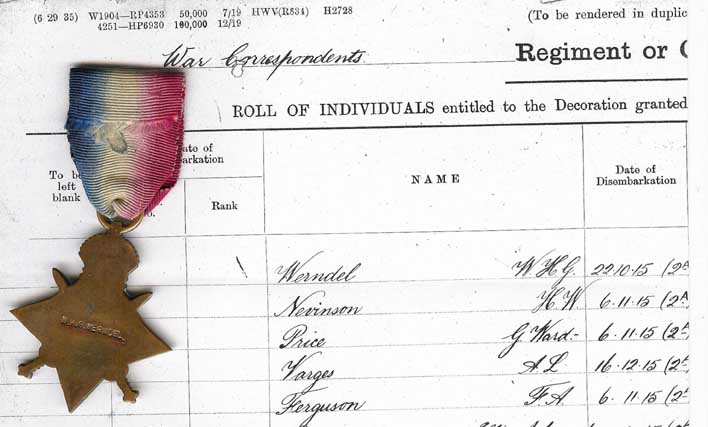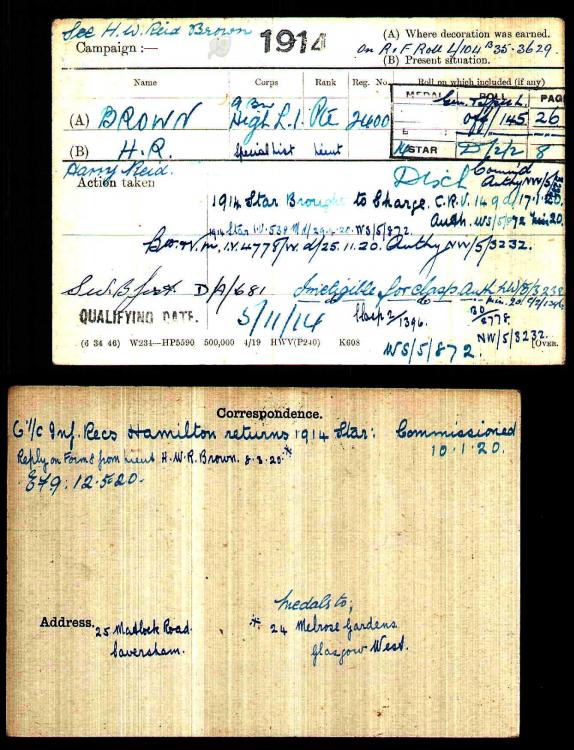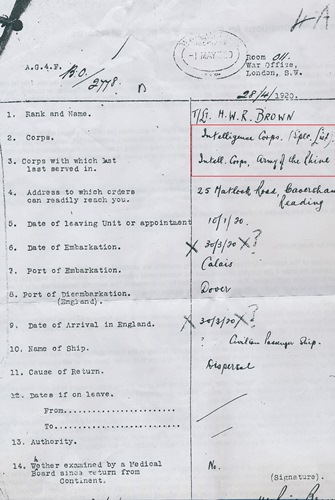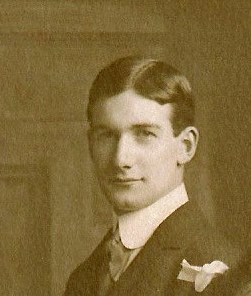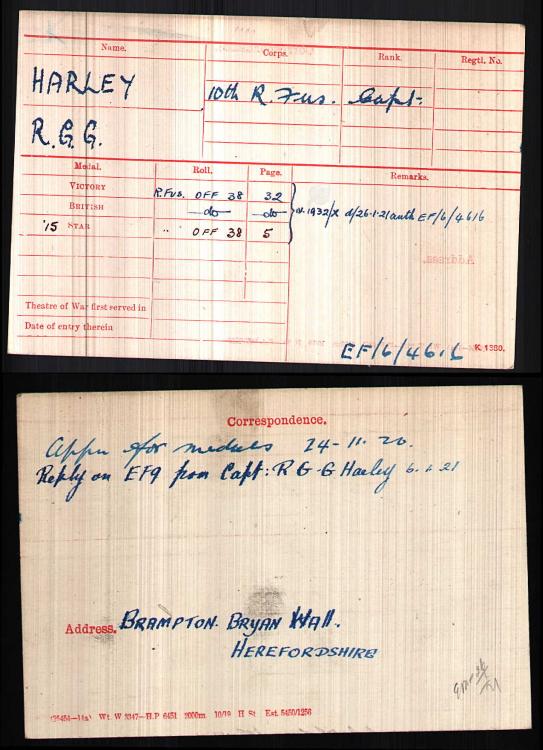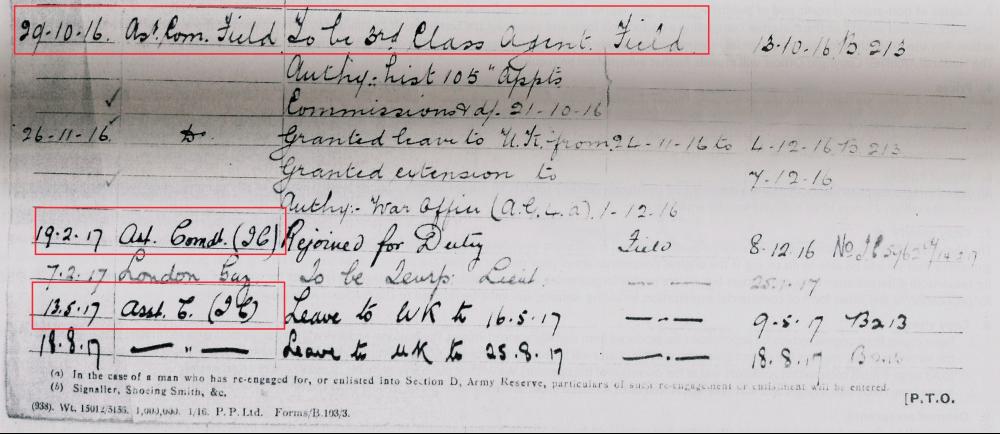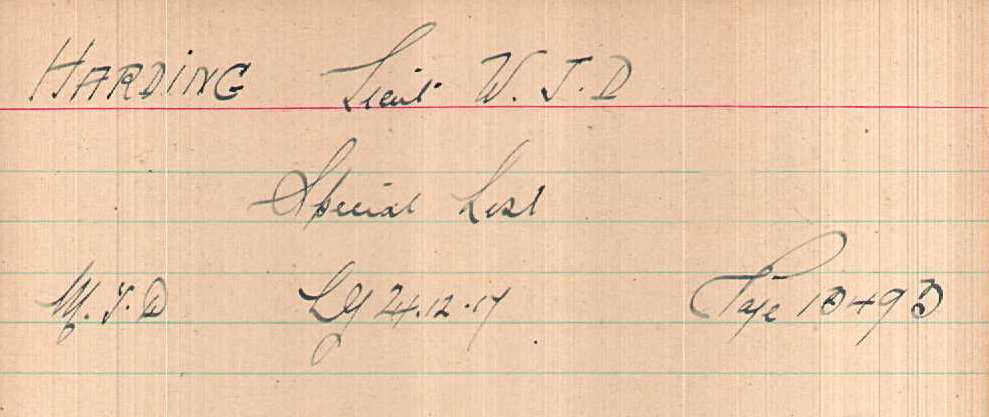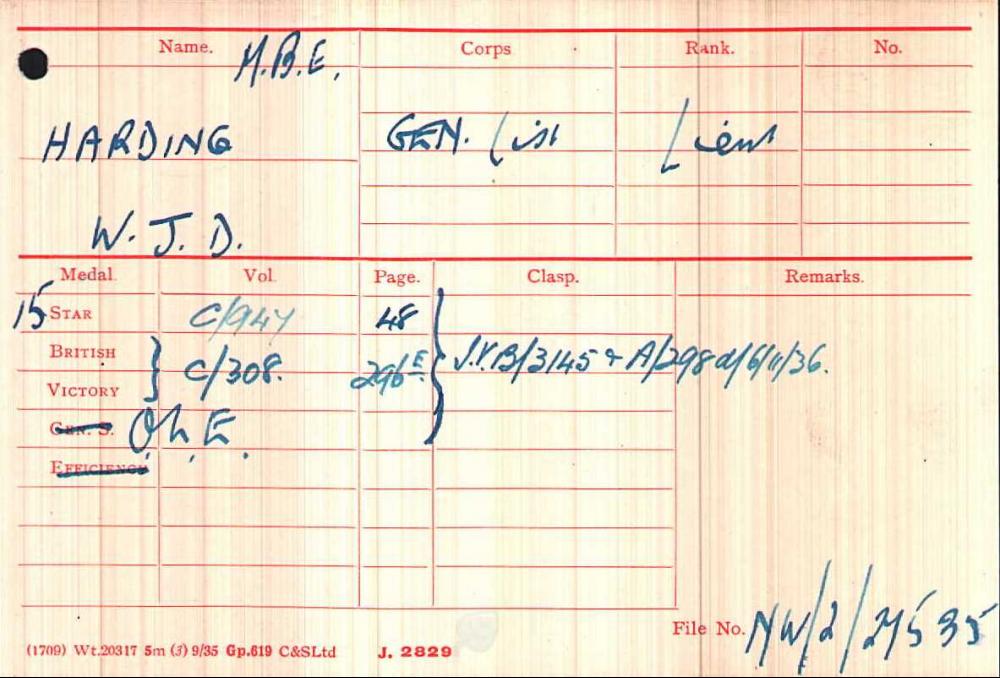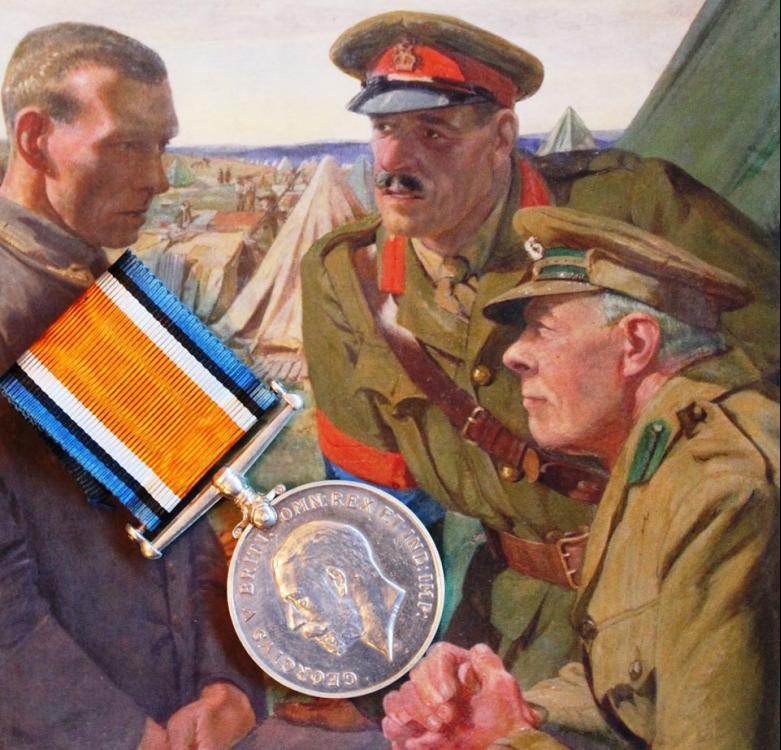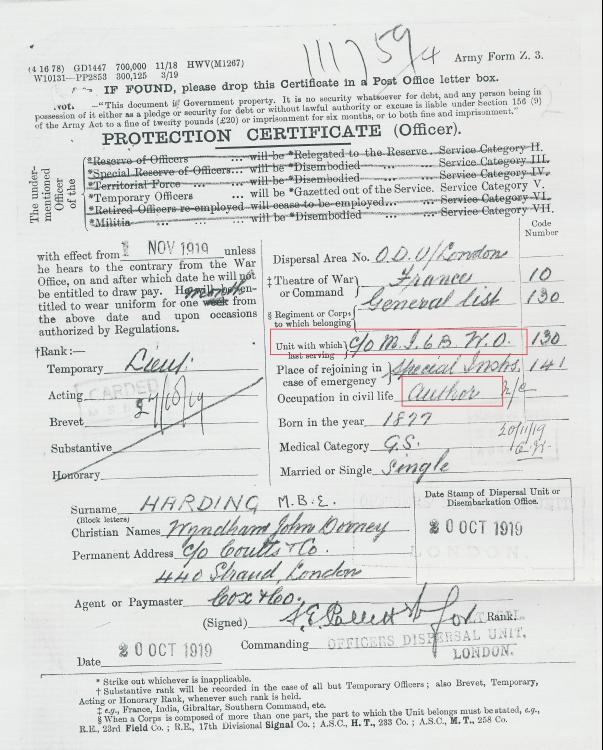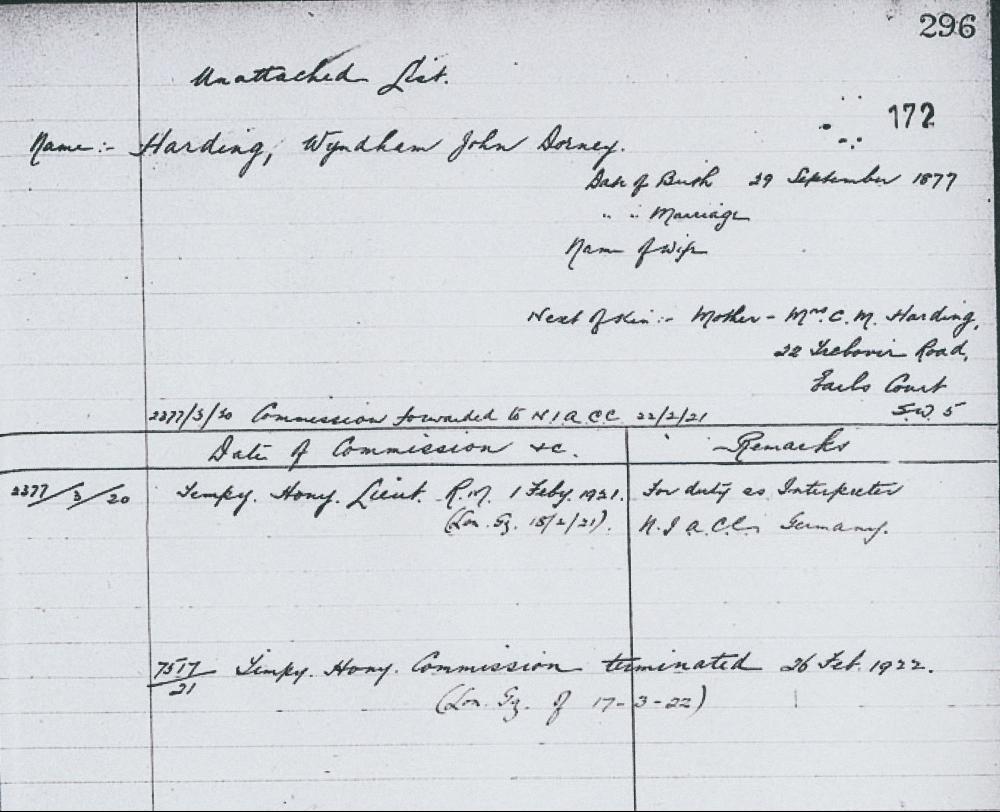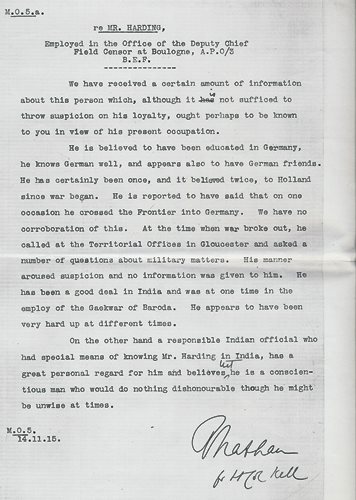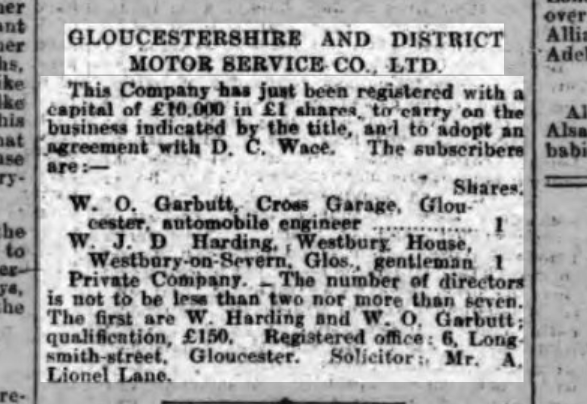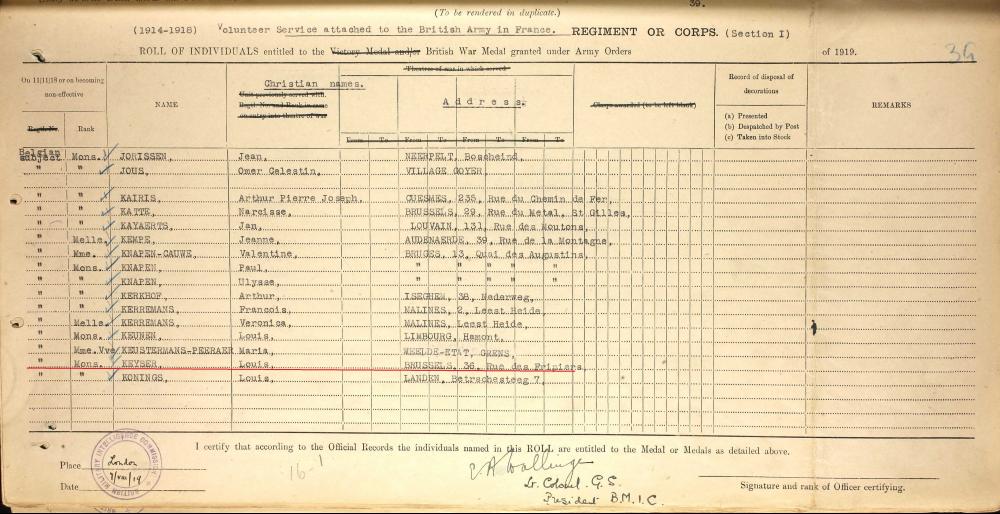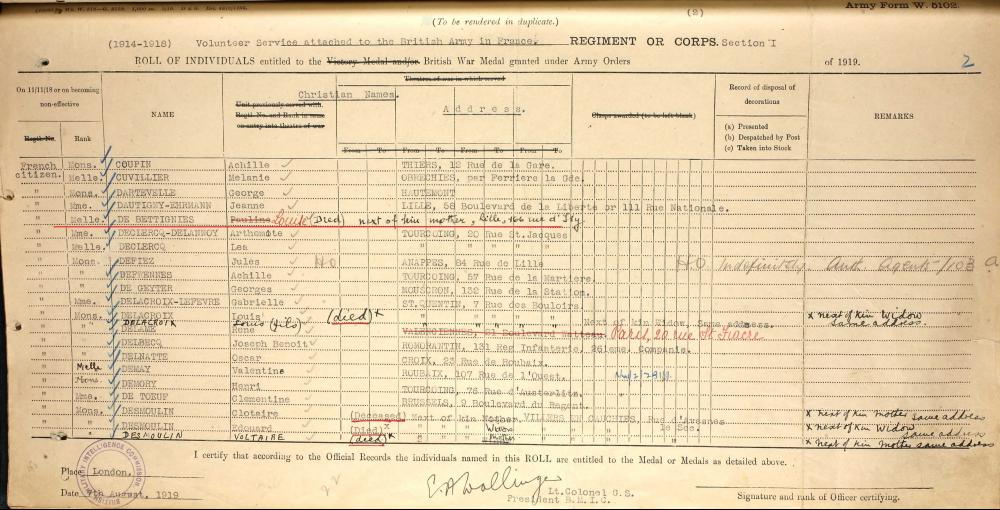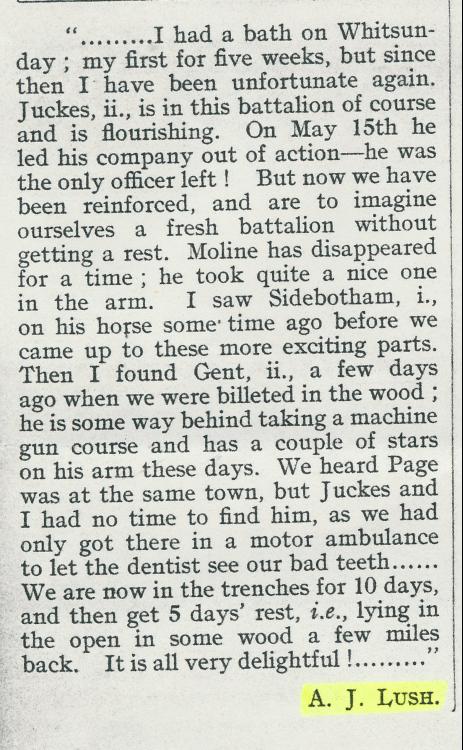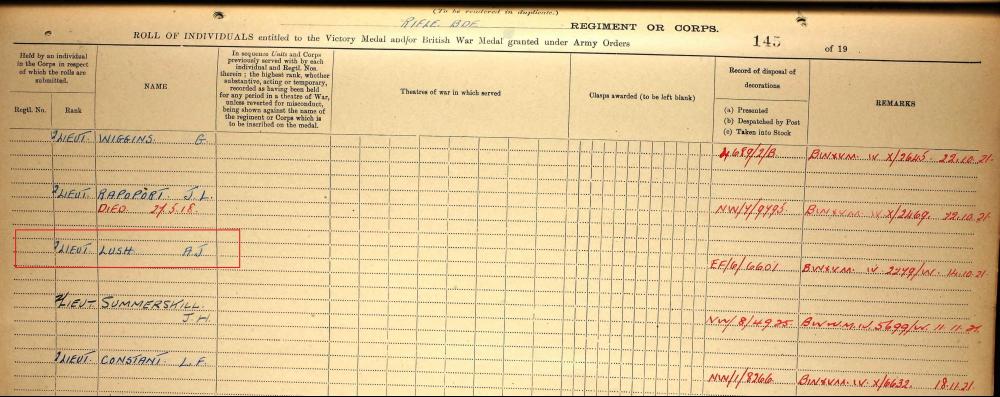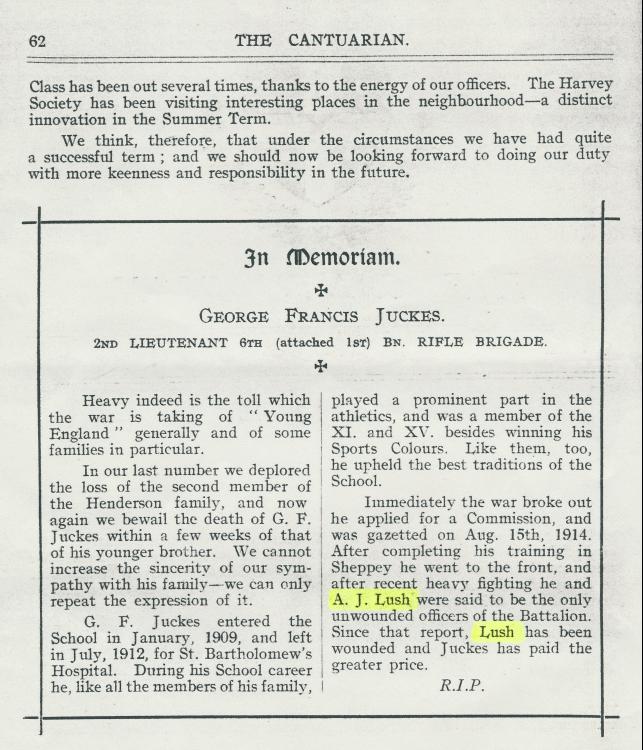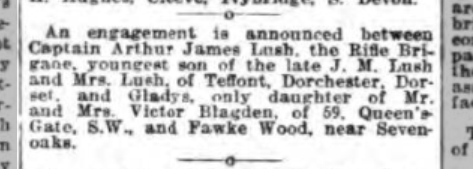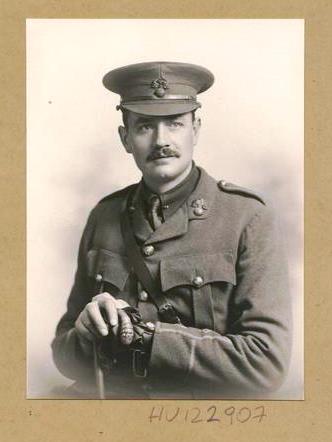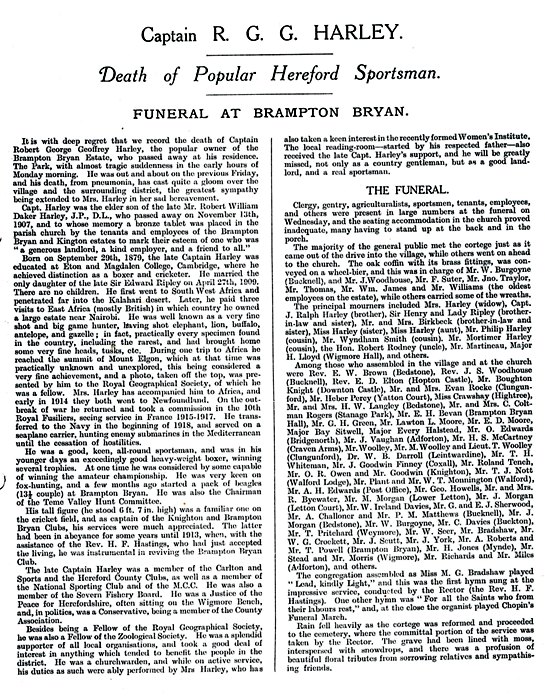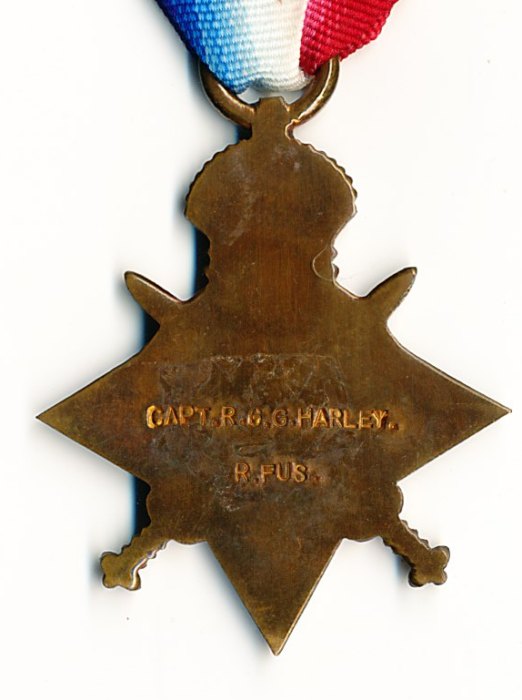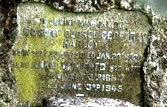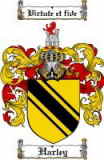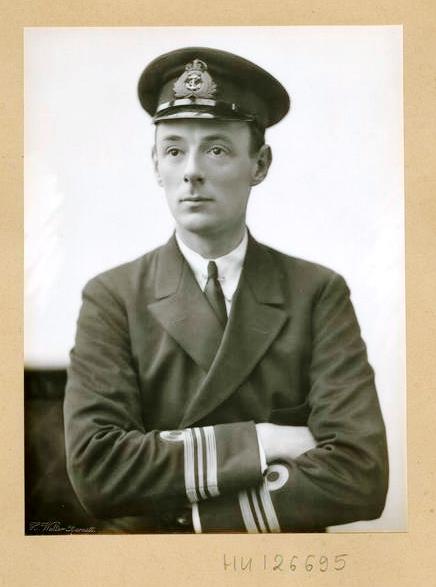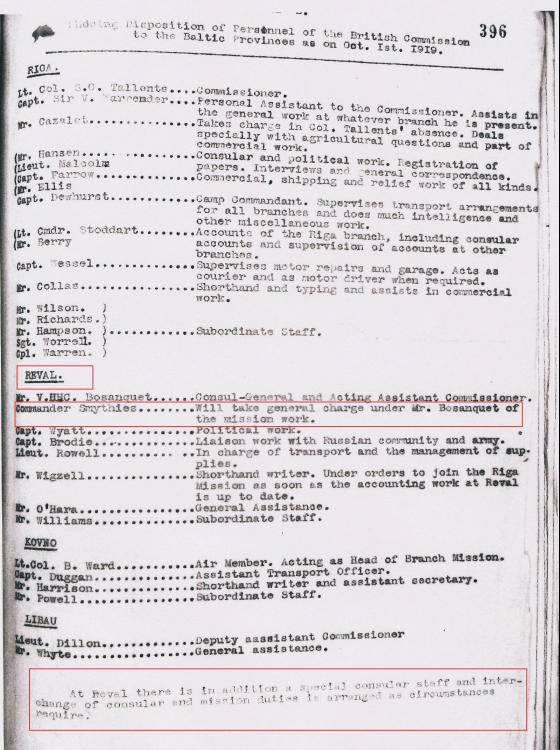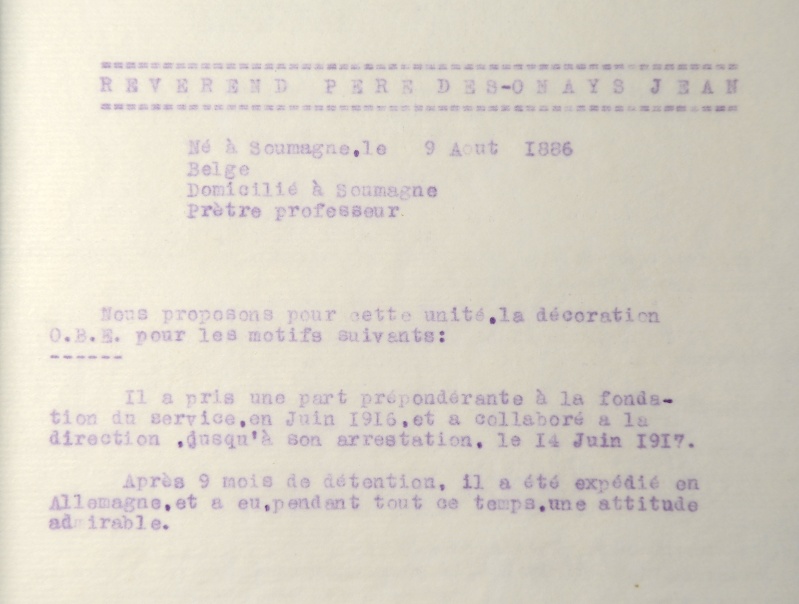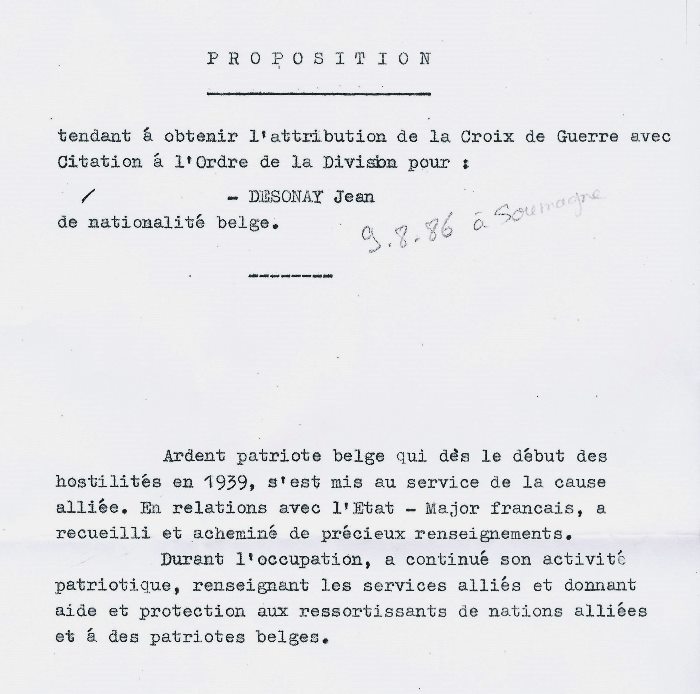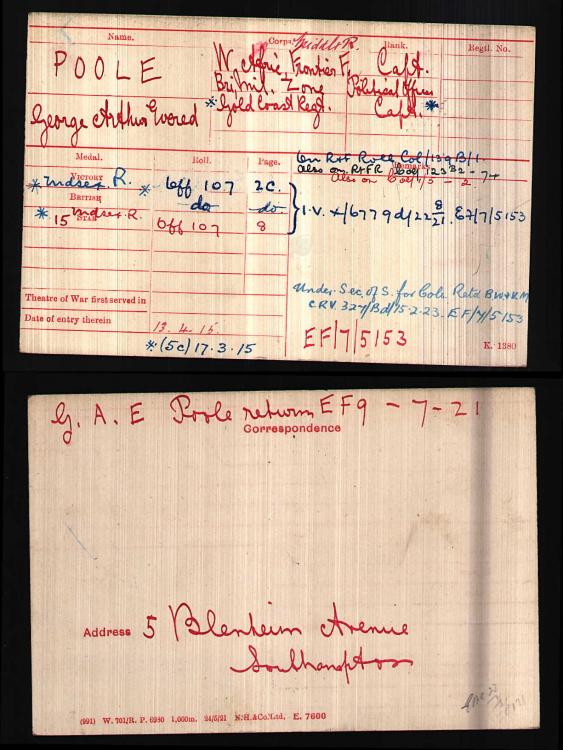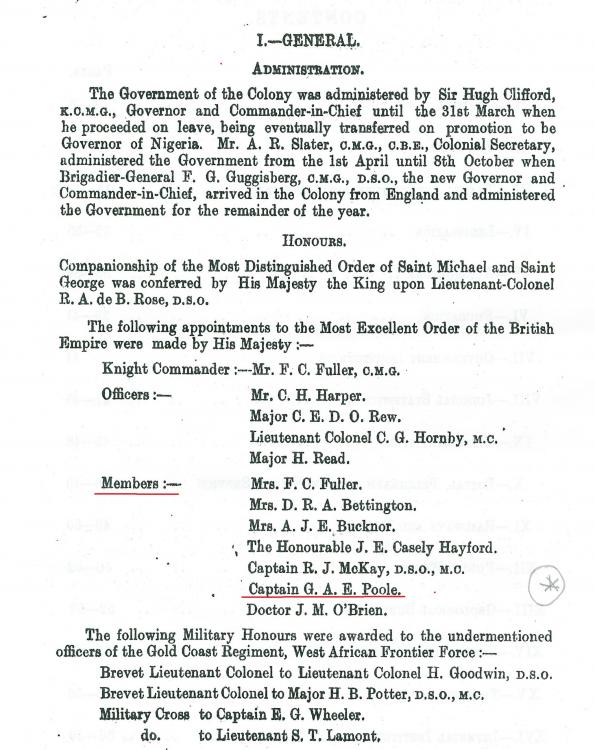-
Posts
2,470 -
Joined
-
Last visited
-
Days Won
2
Content Type
Profiles
Forums
Blogs
Gallery
Events
Store
Everything posted by dante
-

Belgium Belgian Field Hospital 1914-16
dante replied to dante's topic in Northern European & Baltic States
-
Single WW1 British War medal, 2nd Lieutenant Nicholas (Nicolaas) Jan Kampers was a Dutch national who was born in Amsterdam on the 20th June 1873, as a young man in Holland he undertook his compulsory military Service in Holland and 1890-91 he is noted as being an accomplished Speed Skater (he entered the world championship) and in 1893 he was the editor of “De Athleet” the in-house magazine for the Amsterdam athletics club. He is noted as playing for the “Netherlands XI” the Dutch national team in 1894 as well as being Captain of Amsterdam Hockey club Holland's oldest hockey club and taking part in the Maastricht-Nijmegen-Maastricht cycling road race. 1895 he was working with the Birmingham based Nelson bicycle Company as there Amsterdam representative (He is noted a being a professional athlete and Footballer). In 1896 he traveled from Southampton to Mozambique and then to the Cape returning to marry in 1898 Cornelia Maria Manikus in Katwijk, Holland (he divorced her in 1909 at Arnhem). At some time in 1898 he left Holland and sailed for back to South Africa and according to his British army records he joined the Boer forces fighting the British serving as a Burgher in the Transvaal Republic serving under Generals Schoeman, Botha, Lemmer, De La Rey and De wet. Records show he leaves South Africa in 1903 and becomes a naturalised Englishman. In 1908 he is noted as having a Bankrupt notice against him living at the the Beechwood Club, Slough, in the county of Buckingham, formerly of Holyport House Dairy, and Poultry Farm, Holyport, in the county of Berks, of no occupation a formerly Dairyman?. On the 8th September, 1914 he was gazetted temporary Second Lieutenants with the Interpreters and Intelligence corps and deployed to France on the 27th serving with the 36th Jacobs Horse on the 8th December he was told to proceed to the War Office in London and told his services were no longer required….his records show that a Mr Dacre Woffendin Jackson had written to Lord Kitchener stating that he was “The biggest scoundrel and thief he had ever met” and he owes money “all over the city” The London Gazette notes Temporary Second Lieutenant N. J. Kampers relinquishes his commission Dated 24th December, 1914. On the 25 October 1915 The Amsterdam “Tyd” newspaper states that one of its war correspondents in Belgian named Kampers, who has sent his paper various revelations which were disagreeable to the Germans, now been incarcerated in one of the forts at Liege. (One wonders if his talents were used by the British or he was just freelancing?) In 1920 he was Chairman of the Cheshunt Cinema Company Limited and he died in Hammersmith in 1921 aged 48 If any of our Dutch members can help or anyone has Boer records I would be very grateful
-
Single British war medal (only war medal entitlement) Bernard Henry Dobson was attached to Mi5 (d branch, imperial and overseas intelligence). Seconded from 1915-1919 from the Indian Civil Service and is noted on the medal roll (Mi5) as receiving a single BWM. He served in the Indian Civil Service (ICS) from 1903-34 (see Whos whos entry attached ) and wrote the report "The final Report on the Chenab Colony Settlement" in 1915 Bernard joined MI5 (d) from the ICS in 1915 and in turn joined the commission Internationale de Ravitaillement, (This was the international commission for the purchase of supplies for the Allies (Romania, Greece and Russia) From the Central Chancery it appears he did not receive any Coronation medals. For his war service he received 2nd class order of St Anne from Russia, Gold cross of the Order of the Redeemer from Greece,2nd Class order of the Crown from Romania He also received his CBE as assistant director Russian and Romanian Department " Commission Internationale de Ravitaillement, he was invested by the Viceroy of India in 1920. Commander of the British Empire, Bernard Henry Dobson, Esq. Assistant Director, Russian and Romanian Department, Commission Internationale de Ravitaillement. Commander of the Indian Empire; Bernard Henry Dobson, Esq., C.B.E., Indian Civil Service, Officiating Financial Commissioner, Punjab. invested by the Governor of the Punjab Gold Cross of the Order of the Redeemer (Greece). Officer. Bernard Henry Dobson, Esq. Order of the Crown of Romania. Cross of Commander. Bernard Henry Dobson, Esq., Indian Civil Service. Order of St Anne from Russia, 2nd class He died in 1945 very suddenly at Ilfracombe
-
WW1 Single British war medal, Leo Pierre D'Andria was born in Bradford in 1886 and worked for his father (who came from Turkey but I believe to be Maltese) and who was a yarn/textile merchant in Bradford (Leo eventually took over the business) and who in later life a president and treasurer of the Bradford Chess Club (see photo), he died in 1964. Leo Joined the 1/6 West Yorkshire Regiment and was sent to France arriving on the 16 April 1915 as a Private but was soon promoted to Acting Sgt and attached to the 7th Intelligence Police company of the VII Corps over the course of the war was attached to the 6th Intelligence Police company, VI Corps and the 4th Intelligence Police company, IV Corps under the guise of the 10th (Intelligence) Battalion Royal Fusiliers. Love to re-unite this group
-
1914 Star and Bar to Gordon Egmont Hake, (aka Egmond Gordon) L/Cpl 1st Bn Northumberland Fusiliers, Commissioned Y” Army corps signals Company and Wireless Intelligence Egypt Born 11 May 1884 Brentford, Middlesex, England Prep school from the age of six in Fulham 1901 went to school at King Edward VI Grammar school His father Alfred Egmont Hake, author was a friend of General Gordon and edited his Khartoum diary he named his son “Gordon” after the General. Joined the army in 30 March 1903 2nd Bn Northumberland Fusiliers (Mounted Infantry) at the age of 17, as “G E Hake” Private (1st Class Signaler) 1907 Desertion/Absent (26 May 1907) arrested by Civil police, returned to regiment, tried by District Court Marshal, convicted of Desertion, 113 days detention, same day charges dismissed return to duty?? Transferred to the reserve 8 August 1911 From leaving the army in 1911 he worked for Marconi International Marine, Marconi House the Strand as a wireless inspecting engineer. Re-joined on the out-break of war 1st Bn Northumberland Fusiliers as L/Cpl signaler, during the retreat from Mons he was wounded (Gun Shot Wound) and presumed missing, on line of march (9th September 1914). Most likely during the crossing of the Marne at Nanteuil-sur-Marne, but made it back to his regiment Returning to the UK due to his wounds he transferred as a Private Royal Engineers (signals) on the 23 January 1915, serving at the Wireless Training Centre, St Martins Gate, Norfolk. He was Commissioned into the Royal Engineers (Signals) on the 33 August 1915 commanding Devizes (Hampshire) wireless station. Returned to France serving with the 22nd Corps Signals and “Y” Army corps signals Company RE, (Interception of enemy signals) In October 1917 he went on to serve with "Wireless Intelligence" in Egypt. he left the Army in 1920 Address “The Leyland’s” Wells, Norfolk Wife Joanna married Tynemouth, 9 January 1915 Mother P Hake Died 1930 aged 46 Re EGMONT GORDON HAKE, Deceased. Pursuant to the Trustee Act, 1925. A LL persons having claims against the estate of Egmont Gordon Hake, late of 10, Oxford-terrace, Hyde Park, in the county of London, who died on the 27th day of June, 1930, intestate, and letters of administration to whose estate were granted by the Principal Probate Registry on the 14th day of July, 1930, to Joanna Hake, of 10, Oxford-terrace, Hyde Park aforesaid, are required to send particulars thereof, in writing, to the undersigned, on or before the 18th day of September next, after which date the administrator will proceed to distribute the assets, having regard only to the claims of which she shall then have had notice.—Dated this 15th day of July, 1930.
-
Single British war medal to William Alfred Ackland, entitled to the Victory medal , During WW1 served as Honorary Lieut. RNVR, 1918. Contributed to The Times History of the War and a Times Newspaper Journalist Long serving Journalist, honorary temporary commission RNVR 29.7.18 "Whilst on visit to allied ports, as a journalist to the Times". Career; Western Daily Mercury (Plymouth), Junior. rep. & sub-editor. 1890-96 Manchester Courier, sub-editor. 1896-1900: Editor. at 1910 Daily Dispatch (Manchester), chief sub-editor. & acting Editor. 1900-05: Director. & Editor. 1913 Birmingham Daily Mail, London. office 1905-06 The Tribune, night editor. 1906-07 Daily Graphic, manager editor. 1907-12 Daily Mirror, mgr. Manchester issue 1913- The Times Weekly editing managing editor. 13 July 1914-?: manager editor. 1 July 1919-22 The Times [and subsidiary publications], artistic editor newspaper editor. 1 Feb. 1918-?: correspondent with the Allied Fleets, 1918: night manager. 1 May-30 Oct. 1922 Born 1875 in Plymouth, Devon, son of Edward Andrew Ackland. Educ. Plymouth. Married Mabel Frederica, daughter of John F. Leithbridge, of Plymouth. They had two daughters. Joined the Institute of Journalists as a pupil in 1894 and became a full member in 1896. Elected a Fellow of the Institute of Journalists in 1909. During WW1 served as Honorary Lieut. RNVR, 1918. Contributed to The Times History of the War. Director of National Safety First Association 1924-29. Persian Art Exhibition, Royal Academy, 1931; French Art Exhibition, Royal Academy, 1932; the Royal Academy of Arts, Burlington House, W1, 1933. Traveled throughout Europe, the East, USA, Canada, and British Columbia. Author of the TTO of Leon Gaster (1872-1928 q.v.). Died December 1940. Again you would think that there would be loads of photos of him......but nothing!!
-
WW1 British war and Victory medal (missing 14/15 Star) to Lieutenant William Kendrick Burkett or Burkitt, East African Intelligence Department Late 2nd Rhodesia Regiment William Kendrick Burkitt was born in Michigan USA, of British parents in 1884 and in 1911 he is found with his family living in Louth, Lincolnshire and the son of a Wall Paper factory worker which is also where he worked from the age of 16 In 1909 He and his father set off on the SS Arnadale Castle to Natal both listing themselves as Engineers. On the 28th of July 1915 he enlisted in the 2nd Rhodesia Regiment and was noted in the regimental history (as Birkett) as one of those who were involved in scouting and intelligence gathering and going missing in early 1916 in the Serengeti! On the 11th January 1918 he was commissioned as Honorary Lieutenant (Intelligence Agent) in the East African Intelligence Department and was awarded a mention in Lieutenant-General Sir J. L. Van Deventer, (Commanding-in-Chief, East African Forces) dispatches, London Gazette 3rd June 1919 William Kendrick Burkitt died in Bulawayo Rhodesia in 1960 aged 76 of Heart disease Of the men East African Intelligence department the following was written... "Of all the departments of War in German East Africa probably the most romantic and interesting is the Intelligence Department. Far away ahead of the fighting troops are the Intelligence officers with their native scouts. These officers, for the most part, are men who have lived long in the country, who know the native languages, and are familiar with the lie of the land from experience gained in past hunting trips. Often behind the enemy, creeping along the lines of communication, these officers carry their lives in their hands, and run the risk of betrayal by any native who happens across them. Sleeping in the bush at night, unable to light fires to cook their food, lest the light should attract the questing patrol, that, learning of their presence in the country, has been out after them for days. Hiding in the bush, short of rations, the little luxuries of civilisation long since finished, forced to smoke the reeking pungent native tobacco, living off wild game (that must be trapped, not shot), and native meal, at the mercy of the natives whom both sides employ to get information of the other, these men are in constant danger. Nor are the amenities of civilised warfare theirs when capture is their lot. Fortunately for the British Empire there has never been any lack of those restless beings whose wandering spirits lead them to the confines of civilisation and beyond. To this type of man the African continent has offered a particular attraction, and we should have fared badly in the East African campaign, if we could not have relied upon the services of many of them. They are for the most part men who have abandoned at an early age the prosaic existence previously mapped out for them, and plunging into the wilds of Africa have found a more attractive livelihood in big game shooting and prospecting".
-
Single 1914/15 Star to William Henry George Werndel Reuters War Correspondent in Salonika with the British Army and Reuters Correspondent Greco-Turkish war. William H G Werndel died on the 7th of March 1945 at the age of 88, He joined Reuters news agency in Constantinople in 1883. For nearly 40 years he was Reuters principal representative in the near east, he spoke Turkish, Greek and Bulgarian almost as fluently as German French and his Native English. During the Great War he was Reuters War correspondence in Salonika. In 1922 he was appointed as Chief correspondent to the League of Nations. " September 1918, Werndel, who had stayed with the Serbian army until its crushing by typhus and the combined armies of Austria and Bulgaria, and J. W. Calvert of The Times were the only British correspondents left in distant Macedonia to witness the beginning of the final Allied offensive from Salonika. Werndel's reports described the break-through of the Serbians, the frantic Bulgarian retreat to their frontier, and finally the arrival of Bulgarian emissaries bearing a white flag. On September 29th, almost three years to the day since he had reported Ferdinand's secret pact with Germany, Werndel sent a message telling of Bulgaria's unconditional surrender to the Allied Commander-in-Chief, Marshal Franchet" From Reuters; In 1883, he began to train a new assistant correspondent, W. H. G. Werndel, to take his place. He trained him well. For twenty-five years "Werndel was to be Reuters' chief correspondent in Turkey; by the end of that time he had become one of the best-known British foreign correspondents in the Balkans; and after the, First World War he was Reuters' natural choice as permanent correspondent to the League of Nations at Geneva. When Englander finally left Constantinople for the more congenial buzz of news-agency politics in Paris, Werndel was joined, at the end of 1888, by another young man whose long career in Reuters was strangely like his own. Fergus Ferguson also stayed mainly in the Balkans until the First World War ; both Werndel and he had distinguished records as war correspondents in Macedonia and Palestine, and Ferguson succeeded Werndel as correspondent to the League of Nations in 1932. Both were Reuters correspondents for very nearly fifty years. For the next twenty-five years, these two, as Reuters correspondents in the Balkans, worked right at the centre of the most fateful events in Europe. They reported the terrors of the Armenian massacres of 1895 and 1896, Germany's growing influence in Turkey, the Kaiser's visit to the Sultan, the movement of the Young Turks, the two Balkan Wars. It was a long and intricate history which led up to 1914. During this uneasy period Reuters' foreign correspondents were first allowed to add political comments (if clearly shown as such) to their political news. It was due to the intelligence, initiative and political tact of such reporters as Werndel and Ferguson that the Press soon accepted, and often relied upon, Reuters' development into a 'vicarious newspaper'. My view is he must have been given a string of awards for various countries, but my research had thrown up nothing Sadly even Reuters do not have a photograph of him....
-

From the trenches to the shadows
dante replied to dante's topic in Great Britain: Orders, Gallantry, Campaign Medals
No not at all...I have a formula before I purchase which works...so able to find "interesting people" and bring them back to life!! -

From the trenches to the shadows
dante replied to dante's topic in Great Britain: Orders, Gallantry, Campaign Medals
-
1914 Star and Bar Trio to Harry Wilson Reid-Brown. Acting Corporal 1/9th (Glasgow Highlanders) Battalion, Highland Light Infantry, later Lieutenant Mi6 (c) and Intelligence Corps. Harry Wilson Reid Brown born 1892, Joined as a private soldier who gave his occupation as an "explosive agent", he enlisted 2 September 1914, he served in France and Flanders with the 9th Battalion, Highland Light Infantry from 5 November 1914 , seeing action in the Winter Operations 1914-15 and in 1915 saw action at The Battle of Festubert and The Battle of Loos. On the 30th of January 1916 they left the Division and became GHQ Troops. At some point he was wounded (possibly at Loos) and received his discharge from the army on the 4 April 1916 due to wounds received, aged 24. On the 18 November 1916 he was commissioned and joined joined Mi6 (c) as a Staff Lieutenant 3rd class to fill the vacancy of Deputy Assistant Censor (replacing Captain Basil Somerset Long, in Boulogne (he was noted as a fluent German speaker) and in 1918 received his commission in the Intelligence Corps firstly in the Army of the Rhine and later as a member of the Inter-allied Rhineland High Commission, Cologne. "The Inter-Allied Rhineland High Commission was created by the Treaty of Versailles on 28 June 1919, to supervise the occupation of the Rhineland and "ensure, by any means, the security and satisfaction of all the needs of the Armies of Occupation" He was demobilised 11 January 1920. He was also entitled to a Silver War Badge numbered B81615. His address was given as Caversham, Reading. In June 1920 he joined HM Consular Service as a Vice Consul— Serving as His Majesty’s Consul Republic of Nicaragua (1939); Zambia and Nyasaland; the Argentine portion of Tierra del Fuego and the Territory of Santa Cruz south of the River Coyle; and Spanish provinces of Castellon, Valencia and Alicante, to reside at Valencia; Portugal, Oporto in 1942; and lastly the Kingdom of Sweden from 1946. Foreign Office,30th May, 1946. The KING has been graciously pleased to appoint the undermentioned gentlemen to be Officers of the Seventh Grade of His Majesty's (Foreign Service (with effect from the dates respectively indicated): —Harry Wilson Reid-Brown, Esquire (17th January,1946). He had retired by around 1950. Given the locations during WW2 was he still working in the shadows?
-
Cheers Guys, yes there was but according to his Obit and ships logs he was in Newfoundland when war started and then joined the 10th Royal Fusiliers (Stockbrokers) who landed in France on the 30th July 1915 "London Gazette has him; The undermentioned are granted the temporary rank of Lieutenant. Dated 10th September, 1914: — Robert George Geoffrey Harley".
-
Single British war medal (entitled to a Trio) to Wyndham John Dorney Harding MBE later Reverend. Born Sept 1877, son of J. Harding of Coaley, Gloucester and Rockfield, Monmouthshire, Fettes Collage (were the fictional James Bond went) , Governors Exhibitioner to Edinburgh University. Left 1895. Edinburgh Univ. 1895-1898 Crown Agent for the Colonies Office, 1900-02; Secretary to His Highness the Gaekwar of Barodia, 1902-05; Munich University Psychology; Schoolmaster; Business; 1914-18 War; Intelligence 1915-1919; GHQ, France and War Office; MBE; despatches. Journalist; Royal Marine officer...Inter-allied Naval Commission of Control; Clergyman Church of England 1924. Died 26 June 1945, St Thomas's Hospital, London Great war Interpreter commissioned 1915 Censors office Boulogne, France. October 1916 left Field Censor's officer in Boulogne to GHQ (Intelligence) 29th October 1916, Assistant Commandant and 3rd Class agent 22nd December 1917 assistant Commandant Intelligence Corps Mentioned in Dispatches (Haig) 7th November 1917 17th November 1918 Appointed 2nd Class Agent and attached MI2 (e) Room 254 War Office (preparation of historical and political papers) Employed MI6 (b) Wireless interception 1918 MBE Supplement to the Edinburgh Gazette, June 5th 1919. 184 Harding, T./Lt. Wyndham John Dorney, Spec. List. Demobilised 1st November 1919 from the Army and later obtained a temporary Commission in the Royal Marines, Inter-Allied Commission of Control Germany,1919 as an Interpreter Lieutenant General List, Wyndham John Dorney Harding was employed in the Office of the Deputy Chief Field Censor at Boulogne, A.P.O./3, B.E.F. It was in this capacity that a M.O.5a report, dated 14 November 1915 concerning him was made which questioned his loyalty: ‘We have received a certain amount of information about this person which, although it is not sufficed to throw suspicion on his loyalty, ought perhaps to be known to you in view of his present occupation”. He is believed to have been educated in Germany, he knows German well, and appears also to have German friends. He has certainly been once, and it believed twice, to Holland since war began. He is reported to have said that on one occasion he crossed the frontier into Germany. ... At the time when war broke out, he called at the Territorial Offices in Gloucestershire and asked a number of questions about military matters. His manner aroused suspicion and no information was given to him. He has been a good deal in India and was at one time in the employ of the Gaekwar of Barodia. He appears to have been very hard up at different times” After taking up references, M.O.5 (a) concluded, ‘There does not appear to be any need for further action.’, this signed on behalf of Lieutenant-Colonel V. G. Kell. M.O.5, the War Office’s Intelligence Department, was created in 1907, for special duties which included protective security, cyphers and code, and censorship of posts and telegraphs. M.O.5 also had a small counter-espionage branch, comprising two or three officers under Vernon Kell. For his wartime services Harding was mentioned in despatches (London Gazette 24 December 1917) and was awarded the M.B.E. On 1 November 1919 he relinquished his commission whilst retaining his rank of Lieutenant. Feel there is much more to Mr Harding .....
-
Had a look through my books sorry nothing....but this attached and this below; Louise de Bettignies ( 1880-1918) Louise est la septième des huit enfants d’Henri de Bettignies et Julienne Mabille de Poncheville. Elle nait le 15 juillet 1880 à Saint Amand les Eaux quelques jours après la vente par son père de la Société des Produits Céramiques du Nord, qui marque la fin de l’histoire familiale des porcelaines de Tournai et Saint Amand. François Joseph Péterinck, né à Lille, l’avait débutée en 1751 à Tournai, sa fille Amélie et son gendre Jean de Bettignies la continuèrent. Tandis que Henri le fils ainé de ces derniers continuait à Tournai, son frère cadet Maximilien ouvrit en 1818 un dépôt qui se transforma rapidement en fabrique à Saint Amand. Par la suite Maximilien racheta la faïencerie Dorchies et s’installa au Moulin des Loups. Il était le grand père de Louise. Les ascendants de Bettignies étaient déjà orfèvres à Mons en 1650. La famille Mabille a ses origines dans le Pas de Calais à la même époque et était depuis plusieurs générations notaire à Valenciennes. Malgré les difficultés de son père, Louise de Bettignies fit des études secondaires à Valenciennes chez les S°urs du Sacré C°ur. Dés 1895, ses parents habitent Lille mais elle part en 1898 en Angleterre poursuivre brillamment des études supérieures au collège d’Upton puis à Wimbledon et à Oxford. La mort de son père à Lille en 1903 la fait revenir dans cette ville ou elle terminera ses études à la Faculté des Lettres de l’Université de Lille en 1906. Elle travaille alors comme préceptrice à Pierrefonds puis s’en va à Milan en Italie chez les Visconti avant d’aller exercer en Galicie chez le comte Mickiewicz. En 1911-1912 elle se trouve chez le Fürst Carl Schwarzenberg puis chez la princesse Elvira de Bavière. C’est là qu’il lui fut proposé de devenir la préceptrice des enfants de Ferdinand-Joseph, héritier du trône d’Autriche. Elle déclina l’offre et revint en France où elle trouva un emploi dans le Loiret. De retour à Lille au début de 1914, où elle fut opérée de l’appendicite, elle conduisit sa mère chez son frère à Bully les Mines le 23 aout et rentra le lendemain à Lille au 166 de la rue d’Isly. Durant le siège de Lille début octobre, avec sa s°ur Germaine, elles s’étaient illustrées en allant distribuer, malgré les tirs allemands, boissons et nourritures aux territoriaux qui gardaient la porte de Béthune. Pour ces faits, sa s°ur Germaine reçut la croix de guerre. Engagée comme infirmière par Madame Féron-Vrau, elle eut pour travail principal d’accompagner et réconforter les blessés et souvent d’écrire à leur proches, en français, en anglais ou en allemand puisqu’elle parlait toutes ces langues en plus de l’italien. A la fin de l’année 1914 elle accepta de passer en France quelques trois cent lettres, qu’elle avait recopiées à l’encre invisible sur ses vêtements, et après une tentative infructueuse par Orsinval ( zone occupée) où son frère Henri, curé, lui fournit les papiers au nom d’Alice Dubois native de Neuve Eglise ( zone française), elle entreprit le voyage en traversant la Belgique, la Hollande, l’Angleterre pour arriver à Boulogne et rejoindre sa mère à Saint Omer. C’est au cours de ce premier voyage qu’elle fut abordée tant par le deuxième bureau français que par l’Intelligence Service anglais pour retourner à Lille afin d’y mettre en place un service de renseignement. Après avoir consulté son directeur de conscience, le Père Boulangé, à Amiens, elle accepta la proposition anglaise qui lui assurait les moyens financiers a priori tandis que le service français ne l’assurait que du remboursement de ses frais. Elle retourna donc à Lille et soutenue et conseillée par son évêque Mgr Charost (futur cardinal-archevêque de Rennes), elle mit en place une organisation avec au moins quatre vingt personnes surveillant tous les mouvements des troupes allemandes de la région de Lille de février à octobre 1915. Elle réussit à prévenir les anglais d’une attaque sur Armentières par un souterrain. C’est Mgr Charost qui lui donna le surnom de Jeanne d’Arc du Nord. Elle mit au point un système de localisation sur plan particulièrement performant qui permettait de déterminer avec une excellente précision les positions des batteries allemandes. Les allemands reconnaissaient que leurs canons ne pouvaient rester en place plus d’une semaine sans être atteints par les tirs anglais. Il est admis que ce sont plusieurs milliers de ces canons qui furent ainsi détruits, lui attirant cet hommage allemand « elle valait un corps d’armée ». Elle précisa le lieu, la voie et l’heure de l’arrivée du train du Kaiser à Lille : les bombes anglaises larguées par avion tombèrent de part et d’autre de ce train. Elle fit personnellement le voyage entre Lille et Flessingue une fois par quinzaine, mais elle envoyait au minimum deux messages par semaine à son correspondant José Courboin dit « tante Emma » au Pays Bas. A coté d’elle, son « lieutenant » était Léonie Vanhoutte, future épouse d’Antoine Rédier auteur du livre « la Guerre des Femmes », et ses principaux collaborateurs étaient : Messieurs Sion et Lenfant, Monsieur et Madame de Geyter pour la collecte et mise en forme des renseignements, mais aussi Victor Viaene, Alphonse Verstapen ou Georges Desaever pour les déplacements et transports. Il est plus que probable que c’est par son intermédiaire que les anglais furent en possession du « chiffre » de l’armée allemande dés l’été 1915. Elle fut probablement trahie et « donnée » aux allemands, mais écrira plus tard une de ses proches à Siegburg, elle avait pardonné. A qui ? Aucun nom n’est cité. Elle fut en effet arrêtée à Froyennes le 20 octobre, transférée à la prison Saint Gilles à Bruxelles, y fut probablement torturée mais, le reconnut après guerre son accusateur allemand Goldschmidt, ne donna aucun nom. Les allemands mirent même une codétenue –Louise Letellier- dans sa cellule qui joua fort bien le rôle de mouton et obtint de Louise de Bettignies qu’elle écrive cinq lettres à des amis et avoue bien connaître Léonie Vanhoutte qui , elle , avait été arrêtée le 15 septembre à Bruxelles puis transférée à Anvers et enfin ramenée à Bruxelles. Lors d’un procès expéditif à Bruxelles le 16 mars 1916, Louise de Bettignies était condamnée à mort, Léonie Vanhoutte et Georges Desaever à 15 ans de travaux forcés et Alexandre Schoenmacker à 27 mois de prison par le conseil de guerre présidé par le général Sauberzweig assisté du conseiller Stoëber. Le verdict prononcé, elle reprit longuement la parole en allemand – qui furent ses seules paroles en cette langue durant le procès- Léonie Vanhoutte décrivit la scène sans pouvoir comprendre les propos tenus. Ensuite dans un courrier adressé au gouverneur de Belgique, Louise de Bettignies accepte sa condamnation mais demande la libération de ses coaccusés : « je confirme ma déposition au sujet de la pression qui a été faite sur moi… étant donné les moyens indélicats employés par Mr Goldschmidt… je viens vous demander de leur faire justice et de leur faire accorder la mise en liberté….. étant donné que par mon silence j’ai aidé des personnes responsables à se mettre à l’abri et que j’ai refusé de dénoncer qui que ce soit même pour me justifier, je reconnais avoir mérité la sentence de mort et que ma condamnation est juste… J’ai agi en toute liberté et crois avoir fait mon devoir… ». Le gouverneur de Belgique, le général von Bissing, qui avait assisté au procès, commua la peine de Louise de Bettignies en travaux forcés à perpétuité et celle de Léonie Vanhoutte à quinze ans. La décision fut placardée à Bruxelles le 5 avril en même temps que l’exécution de Gabrielle Petit. Louise et Léonie, toutes deux condamnées seront à partir du 24 avril 1916 dans la prison des femmes de la forteresse de Siegburg prés de Cologne. Le 20 avril 1916 le général en chef, futur Maréchal Joffre, lui décerne une citation à l’ordre de l’armée : « Mademoiselle Louise de Bettignies s’est volontairement dévouée pendant plusieurs mois, animée uniquement par le sentiment patriotique le plus élevé, pour rendre à son pays un service des plus important pour la défense nationale. A affronté avec un courage inflexible, toutes les difficultés périlleuses de sa tache patriotique. A surmonté pendant longtemps ces difficultés, grâce à ses capacités et à son dévouement, risquant sa vie en plusieurs occasions, assumant les plus graves responsabilités, déployant en un mot un héroïsme qui a été rarement surpassé » Durant leur détention, Louise de Bettignies et la princesse de Croÿ écrivirent à plusieurs reprises au ministre allemand de l’intérieur, mais aussi à l’ambassadeur d’Espagne, pour se plaindre des mauvais traitements faits par leurs geôliers à l’encontre des prisonnières. On sait également qu’elle fit parvenir un appel au secours écrit avec son sang à l’évêque de Lille : celui-ci fit intervenir le cardinal Hoffmann en vain auprès des autorités allemandes, tandis que sa mère écrivait au Saint Siège pour obtenir son transfert en Suisse. Le refus était accompagné de l’explication verbale « elle nous a fait trop de mal ». Le futur maréchal allemand E. Rommel, ayant sur lui une photo de L. de Bettignies dira en 1940 à l’abbé D qui n’avait pas su identifier la photo «c’est une grande patriote, une héroïne française qu’il priait tous les matins de le garder dans l’Honneur ! » A la fin de l’année 1917 , après avoir passé plusieurs séjours au cachot pour avoir incité ses compagnes de détention à ne pas faire de travaux pour l’armée allemande ou à ne pas chanter qu’en allemand, elle commence sans doute une pneumonie. Opérée à l’infirmerie de la prison en avril, elle ne se remettra jamais des suites opératoires. Elle sera hospitalisée à l’hôpital de Cologne fin juillet et y décédera le 27 septembre 1918. Elle est alors enterrée au cimetière de Bocklemünd à Westfriedhof. Titulaire de la Croix de Guerre avec palme, Chevalier de la Légion d’Honneur par un décret du 7 octobre 18 mais publié au Journal Officiel le 22 juin 1919, Louise de Bettignies reçut la croix de guerre anglaise et fut nommé Officier de l’Empire Britannique par le roi Georges V en 1919 . Le 20 février 1920 sa dépouille reçoit les honneurs militaires de la part des armées françaises et anglaises à Cologne et est ramenée en France. C’est le 4 mars 1920 que ses funérailles solennelles furent célébrées à Lille en l’église Saint Maurice. Mgr Charost, le préfet Naudin, le général Lacapelle, le maire de Lille Gustave Delory, le docteur Duret au nom de la Croix Rouge Française et Louise Thuliez, compagne de détention à Siegburg, lui rendirent hommage . Lors de ces deux cérémonies à travers les rues de Cologne et de Lille, son cercueil fut transporté sur un affût d’artillerie encadré par une garde d’honneur franco-anglaise en armes. Elle est inhumée dans le caveau de famille à Saint Amand les Eaux. Le 7 novembre 1926 , les autorités belges apposèrent une plaque sur le mur du « café du Canon d’Or » à Froyennes , lieu de l’arrestation de Louise de Bettignies. Une autre le fut également à la prison St Gilles de Bruxelles. Le 13 novembre 1927, grâce à une souscription nationale à l’initiative de la maréchale Foch et de la générale Weygand, un monument, réalisé par le sculpteur Maxime Real del Sarté, fut inauguré par le Maréchal Foch accompagné des généraux Weygand, Gouraud et Lacapelle, le ministre Louis Marin et Roger Salengro, maire de Lille. Ce monument situé boulevard Carnot à Lille a été retourné en 1964 pour regarder vers La Madeleine . Dans la chapelle du Cimetière Militaire National de Notre Dame de Lorette près d’Arras une vitrine contient depuis 1994 la croix de bois qui était sur la tombe de Louise de Bettignies de 1918 à 1920 en Allemagne. Bertin de Bettignies A LOUISE de BETTIGNIES et AUX FEMMES HEROIQUES DES PAYS ENVAHIS LA FRANCE RECONNAISSANTE Sources : Antoine Rédier , « la Guerre des Femmes » , ed. de la vraie France, 1924 Gem Moriaud, « Louise de Bettignies », ed.Taillendier, 1928 Major T Coulson , «the Queen of Spies, Louise de Bettignies» , ed. Mackays , London , 1935 Héléne d’Argoeuves , « Louise de Bettignies », Plon , 1937 et La Colombe, 1956 Léon Poirier , « S°ur d’Armes » Mame, 1937 René Deruyk, « Louise de Bettignies(1880-1918) » , ed. la voix du nord , 1998 Documents familiaux et journaux d’époque Mentioned in Haigs despatches 1919 De Bettignies, Mademoiselle P
-
WW1 Pair (missing 15 Star) Arthur James Lush, Rifle Brigade and Mi6 (b) Arthur James Lush, Born at Dorchester in 1892 and was educated at King’s School, Canterbury, and Keble College, Oxford. Commissioned into the 6th Special Reserve, Rifle Brigade in August 1914 and in January 1915 went to France joining the 1st Bn. Severely wounded during the second Battle of Ypres on the 20 June 1915, “On the 20th June 1915 the 1st Battalion Somerset Light infantry relieved the 1st Rifle Brigade in the front-line opposite International Trench. The Somerset’s were once again subjected to offensive German action in the form of trench mortars and snipers continued to pose a constant threat. This position was held until the 26th when the Battalion was relieved in the evening by the Rifle Brigade.” He did not serve again abroad and spent the remainder of the war in the war office. Lieutenant July 1915 & Captain July 1917. Employed War Office in DR3 and Military intelligence in MI6 (b) (1916-18) After the war he joined Victor Blagden & Co Ltd http://www.blagden.com/about-us/history becoming Managing Director and Chairman, he was an active member of the Rifle Brigade club. He died in 1973.
-
Single 1914/15 star to Captain Robert George Geoffrey Harley, The undermentioned are granted the temporary, rank of Lieutenant. Dated 10th September,1914: — Robert George Geoffrey Harley. 12th Mar 1917 Asst. Prov. Marshal (graded for purposes of pay as a Staff Lt., 1st Cl.)—Temp. Capt. R. G. G. Harley, R. Fusiliers. and to be transferred to the General List. 15th Mar 1917. The undermentioned temp Captain. relinquish their commissions, and are granted the hon. rank of Capt.:—R. G. G. Harley, on appt. to R.N.V.R 31st Dec. 1917. Capt. R. G. G. Harley (Lt., R.N.V.R.) relinquishes his commn. -on ceasing to be employed 10th Aug. 1918 Captain Harley served with the 10th Royal Fusiliers from the 30th July 1915, France (Assistant Provost Marshall, Dunkirk) he later joined the RNVR attached to the Royal Naval Air Service (Hunting enemy submarines) and then the Royal Flying Corps/RAF Captain Harley had a large estate in Nairobi and traveled extensively as a member of the Royal Geographical Society including climbing Mount Elgon, he was also noted as a big game hunter. There is mention of Captain Harley joining the East African Mounted Rifles (on his records but no other information) but when and how is mystery?? Captain Robert George Geoffrey Harley married Annie Winifred Ripley, daughter of Sir Edward Ripley, 2nd Baronet on 27 April 1909. He died on 26 January 1920. He lived at Brampton Bryan, Herefordshire, England.
-

Conduct most reprehensible
dante replied to dante's topic in Great Britain: Orders, Gallantry, Campaign Medals
I have now spend a bit more time researching Captain Smythies and found out he was Assistant Commissioner on the "Tallents mission" mission to Estonia 1919 and awarded the Estonian Cross of Freedom on the 26.03.1920 -
Single 1914/15 Star, Captain George Arthur Evered Poole MBE, MBE for services as District Political Officer at Yendi, Upper Togoland. Served 5th Bn Middlesex Regiment in South Africa, QSA clasps Cape Colony, Transvaal and South Africa 1902. Second Lieutenant G. A. E. Poole, 5th Battalion Middlesex Regiment, is granted the local rank of Lieutenant in the Army whilst employed with the West African Frontier Force Dated 21st February 1903. George Arthur Evered (George Arthur Evered) Poole, Born 1873 in North Camp, Aldershot, Hampshire, England, Son of William John Evered Poole and Mary Elizabeth (Waters) 1899 Cadet colonial officer, 1903 Lieutenant Gold Coast Regiment, 1910 District commissioner Volta River district, 1917 Political officer Yendi Togoland, 1920-21 Commissioner Northern Territory's, retired Captain Poole died 1 Dec 1935 Winchester Noted in many books on the subject of the Gold Coast and Togoland




